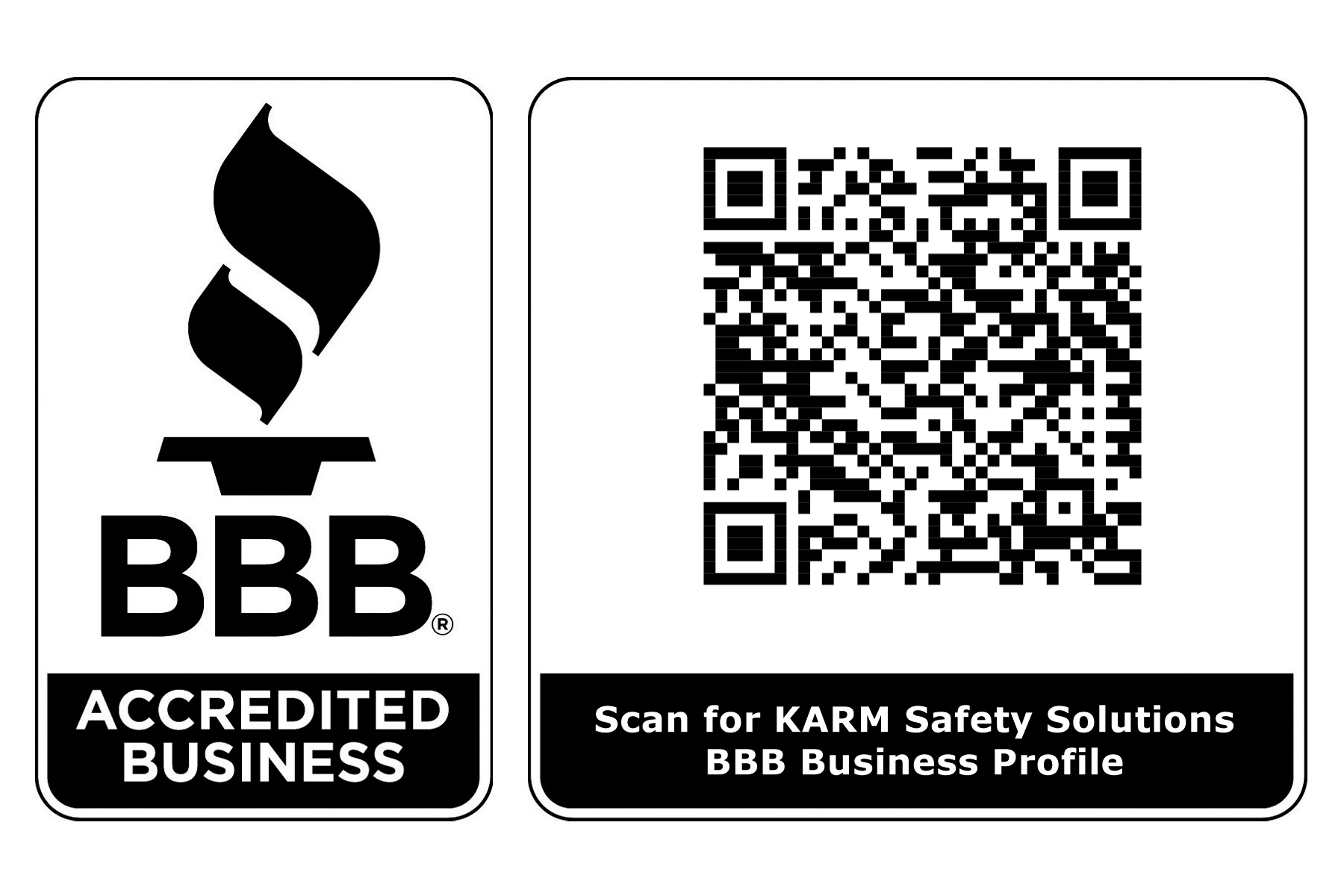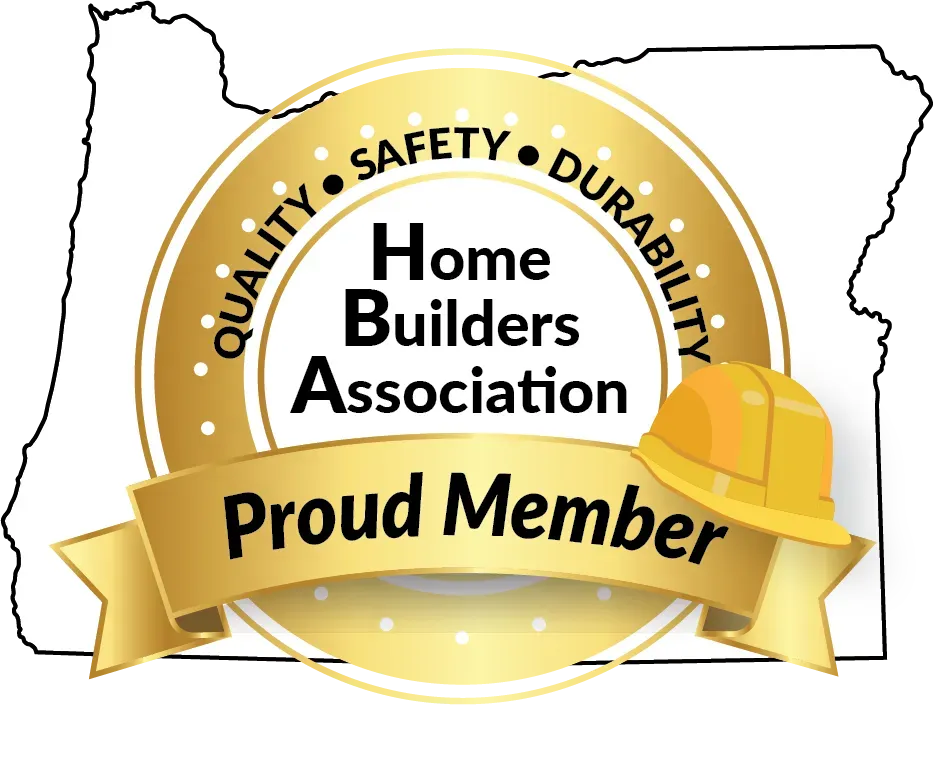Choosing the Right Training Program for Hoist Maintenance
When it comes to
overhead hoist maintenance training, selecting the right program is crucial. Hoists are essential in many industries, including construction, manufacturing, and warehousing. They lift and move heavy loads safely. However, improper use or maintenance can lead to accidents and injuries. Thus, quality training is vital for anyone who operates or maintains these systems.
Why is Training Important?
Overhead hoists can be dangerous if not handled properly. They are heavy machines that require skilled operators. Training programs help individuals understand how to use hoists safely. They cover essential topics such as load limits, safety checks, and proper operation techniques.
The Occupational Safety and Health Administration (OSHA) has specific guidelines for overhead hoist training. Compliance with these regulations is essential for workplace safety. A good training program will ensure that employees are knowledgeable about these standards.
What to Look for in a Training Program
These are the points that we look at in a training program:
1. Accreditation and Certification
Before enrolling in a program, check if it is accredited. An accredited program meets industry standards. Certification from a recognized body can boost your credibility as a hoist operator. This also ensures the training meets OSHA requirements for overhead hoist training.
2. Course Content
The training should cover a wide range of topics. Look for courses that include:
· Basic Hoist Operations: Understand how to operate different types of hoists.
· Safety Procedures: Learn safety protocols to prevent accidents.
· Maintenance Techniques: Gain knowledge about routine checks and repairs.
· Regulatory Compliance: Know the OSHA regulations and standards related to hoists.
A comprehensive curriculum will prepare you for real-world scenarios.
3. Hands-On Training
Theory is important, but hands-on experience is crucial. Choose a program that offers practical training. This allows participants to practice using hoists in a safe environment. Hands-on training helps reinforce what is learned in the classroom.
4. Experienced Instructors
The quality of instructors can greatly affect the training experience. Look for programs led by experienced professionals. Instructors should have extensive knowledge of hoist operations and safety. Their real-world experiences can provide valuable insights that enhance learning.
5. Flexibility and Duration
Consider your schedule when choosing a training program. Some programs are short and intense, while others may span several weeks. Find a program that fits your availability. Online courses might also be an option if you prefer a more flexible approach.
6. Cost and Value
Cost is always a consideration. Compare prices of different training programs. However, don’t choose a program based solely on price. The cheapest option may not provide the best training. Look for programs that offer good value, meaning they provide quality instruction at a reasonable price.
Lift Safety Higher with KARM Safety Solutions!
Ensure the safety and efficiency of your overhead hoists with KARM Safety Solutions. Our comprehensive maintenance training equips your team with the essential skills and knowledge to handle equipment confidently. We emphasize hands-on learning and industry best practices, empowering your workforce to reduce downtime and enhance operational productivity. Choose us to foster a culture of safety while adhering to compliance standards. Elevate safety today! Ready to secure your training? Contact us now!













